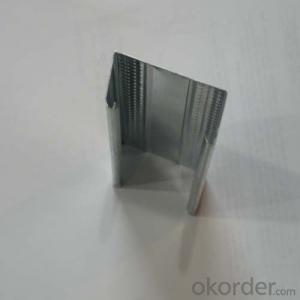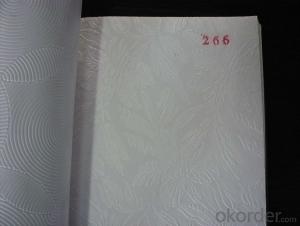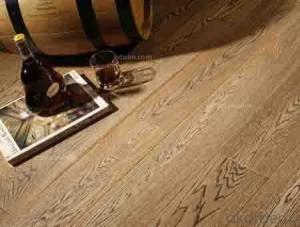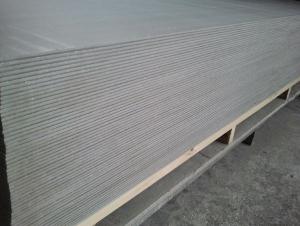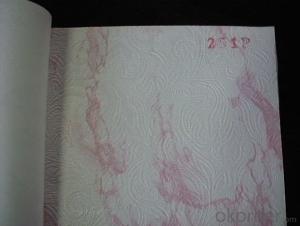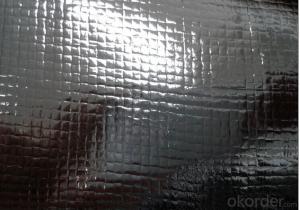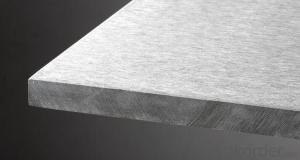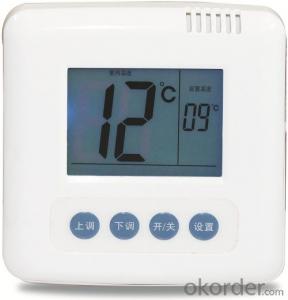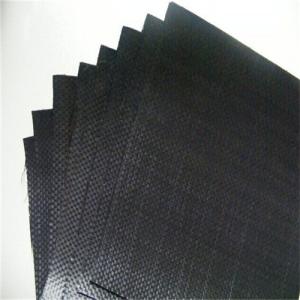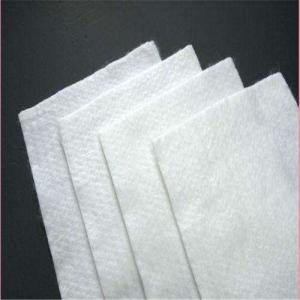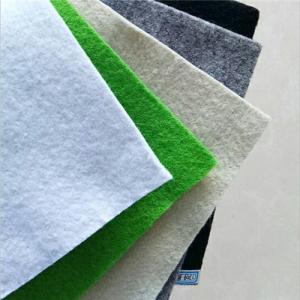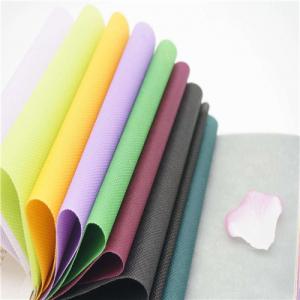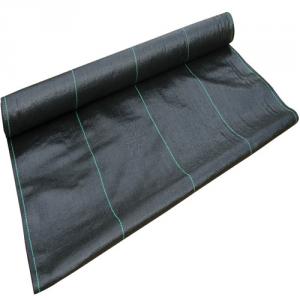Geogrid For Gravel Driveway
Geogrid For Gravel Driveway Related Searches
Best Paint For Stainless Steel Blanket Insulation For Steel Buildings Primer For Galvanized Steel Foam Filter For Stainless Steel H S Code For Stainless Steel Surface Grinding Wheels For Stainless Steel Surface Grinding Wheels For Hardened Steel Hole Saw For Stainless Steel Paint For Stainless Steel Stainless Steel For BbqHot Searches
Steel Mesh Panels For Sale Price For Stainless Steel Scrap Scrap Price For Stainless Steel Price For Stainless Steel Stainless Steel Plate For Sale Stainless Steel Tank For Sale Stainless Steel Sheets For Sale Cheap High Tea Sets For Sale Stainless Steel Tanks For Sale Stainless Steel For Sale High Density Fiberboard For Sale Solar Hot Water Collectors For Sale Scaffolding For Sale In Uae Scaffolding For Sale In Ireland Scaffolding For Sale In Houston Type Of Inverter For Solar Price Of Shipping Containers For Sale Types Of Inverter For Solar Stock Price For Aluminum Steel Mesh Panels For SaleGeogrid For Gravel Driveway Supplier & Manufacturer from China
Okorder.com is a professional Geogrid For Gravel Driveway supplier & manufacturer, offers integrated one-stop services including real-time quoting and online cargo tracking. We are funded by CNBM Group, a Fortune 500 enterprise and the largest Geogrid For Gravel Driveway firm in China.Hot Products
FAQ
- Do you have to have a mattress on the geotextile?
- 1, geotextile must be washed back to fill or sand protective layer and light compaction to prevent the subsequent construction of the destruction of geotextile, punctured and so on. But also a transition zone, to ease the upper load on the geotextile extrusion, tensile force and so on. 2, "Geotextile Construction Code QB / SNGSG-2004" and "Geosynthetics Application Technical Specifications GB / T-2017" backfill requirements: 1) timely backfill materials, backfill stone maximum drop of not more than 300mm, Heavy earth stones should not roll on the slope of the rolling; 2) fill the compaction should meet the design requirements, backfill 300mm loose layer, light compaction. 3, geotextile introduction: 1), geotextile by synthetic fiber through acupuncture or weaving made of permeable geosynthetics. Finished cloth for the cloth, the general width of 4-6 meters, the length of 50-100 meters. Geotextile is divided into a woven geotextile and non-woven geotextile. Advantages: geotextile with excellent filtration, drainage, isolation, reinforcement, anti-seepage, protection, with a light weight, high tensile strength, good permeability, high temperature, resistance to Freezing, anti-aging, corrosion-resistant advantages. 2), Disadvantages: in the rigid base waterproof requirements are not applicable (tensile rate does not meet the requirements), easy to break, scratches and so on.
- Geotextile above allowed to plant grass?
- Geotextile above the grass To protect the slope, then the direct use of three-dimensional vegetation network can not Well! User name is the manufacturer phone! The The
- 200g 300g 400g non-woven geotextile price
- 200 grams of non-woven geotextile Price: 1.80 yuan. 300 grams of non-woven geotextile Price: 2.70 yuan. 400 grams of non-woven geotextile Price: 3.60 yuan.
- Yes, geotextiles can be used in geothermal energy projects. Geotextiles are often used as a separation and filtration layer in geothermal systems to prevent the mixing of different soil layers and to enhance the flow of fluids within the system. They can also provide reinforcement and stability to the surrounding soil, ensuring the long-term durability of the project.
- Geotextiles help in slope stabilization by providing reinforcement and erosion control. They are placed within the slope to increase its strength, prevent soil movement, and reduce erosion. The geotextiles act as a barrier to retain soil particles while still allowing water to pass through, thus minimizing water-induced damage and promoting vegetation growth. Overall, geotextiles play a crucial role in improving slope stability and reducing the risk of landslides.
- Geotextiles contribute to groundwater recharge projects by acting as a filtration and drainage system. They allow water to pass through while retaining sediment, preventing clogging of the recharge basins or infiltration trenches. This helps to enhance the recharge process, allowing more water to percolate into the ground and replenish the groundwater.
- Geotextiles aid in the reduction of differential settlement by providing a stable and reinforced base layer. The fabric acts as a barrier, preventing the mixing of different soil layers and limiting the movement of soils. This helps to distribute the load evenly, reducing differential settlement and ensuring a more uniform and stable foundation.
- What is the difference between geotextile and impervious geotextile, geotextile and impervious geotextile?
- What is the difference between geotextile and impervious geotextile, geotextile and impervious geotextile?
















